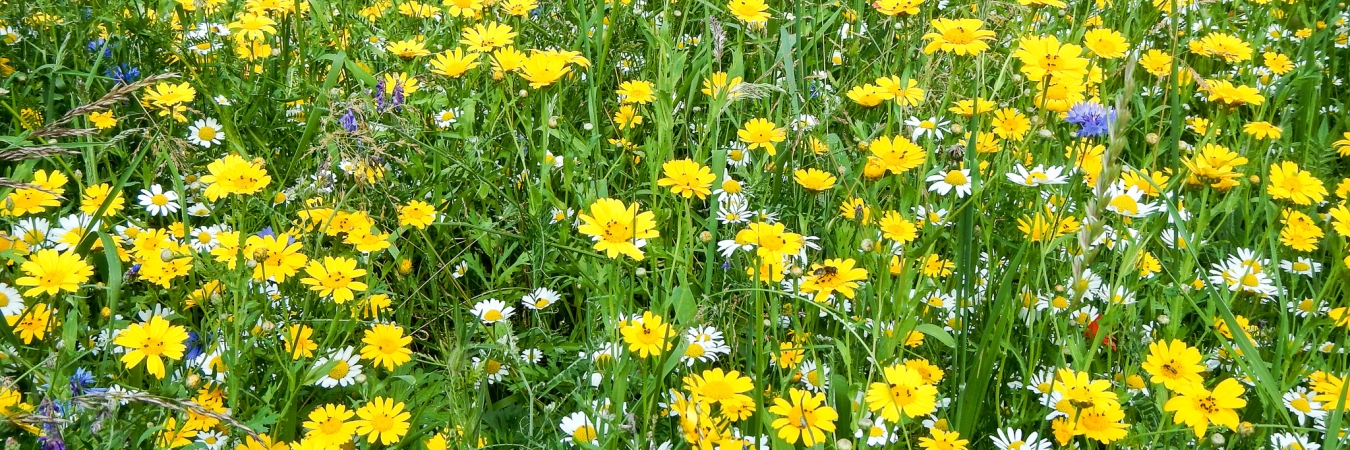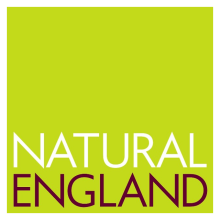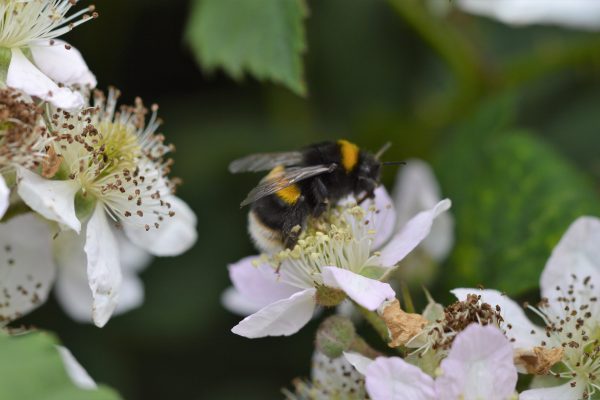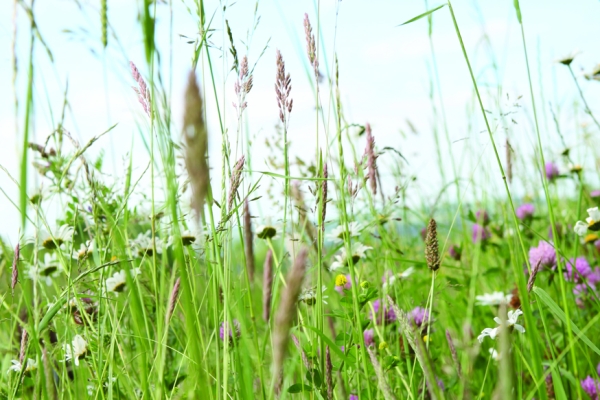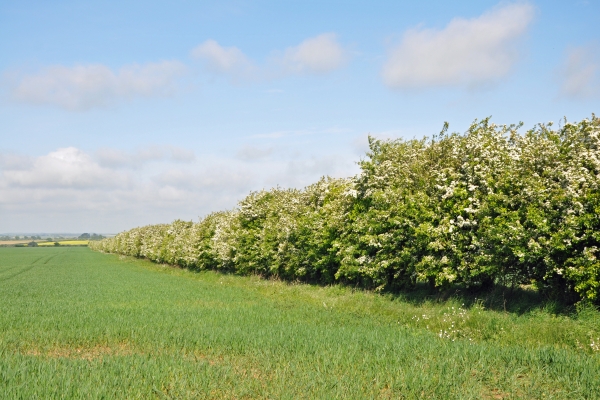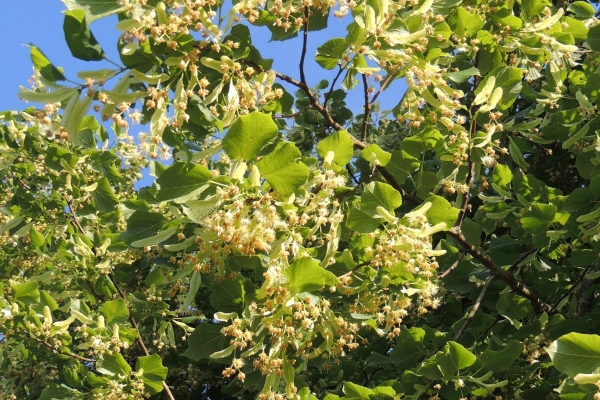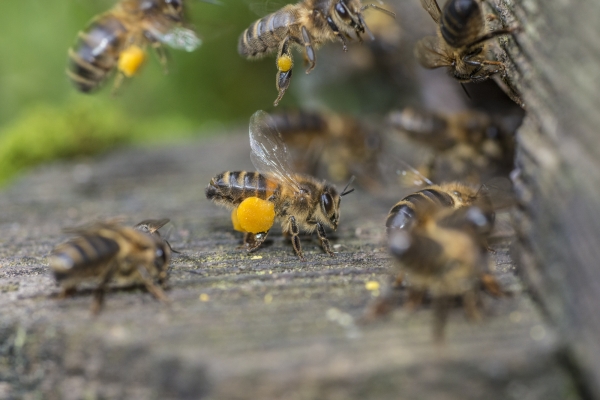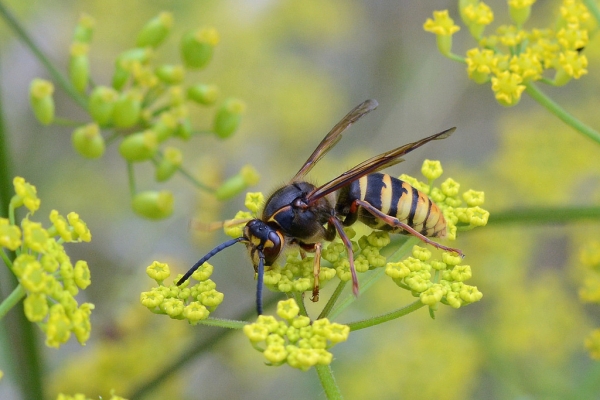How to grow nectar flower mixtures
Natural England Technical Information Note: TIN094
Resource explained
Originally written to support the provision of nectar flower mixtures in the Entry Level Stewardship scheme, this note may contain useful information for farmers seeking to produce nectar mixtures outside of the agri-environment scheme.
Successful nectar flower mixtures can provide significant environmental and agricultural benefits. Flowering plants in the farmed landscape increase the availability of essential food sources for a range of nectar-feeding insects, including butterflies and bumblebees. Bumblebees in particular contribute to the pollination of agricultural crops like oilseed rape and field beans
Information provided covers site selection, establishment of the nectar mixture and management.
Findings & recommendations
- Seed merchants can supply ready-made seed mixtures.
- Nectar flower mixtures are best established on sunny, sheltered, low fertility south-facing sites.
- Mixtures should not be planted adjacent to semi-natural grasslands. This is to avoid contaminating the existing habitat with any non-native material from the nectar flower mixture.
- Any weed problems should be controlled before establishment.
- Generally, late summer sowings are more successful than spring sowings.
- Seedbed quality and moisture availability are critical to successful establishment.
- Avoid sowing seed too deep. Broadcasting and rolling is recommended.
- Repeated mowing may be required in the first year to control weeds.
- Cutting half the area in late June will stimulate species that flower in late summer, benefitting pollinators.
- The whole area should be cut towards the end of the year.
- Plots will normally need to be re-established after 3 years.
